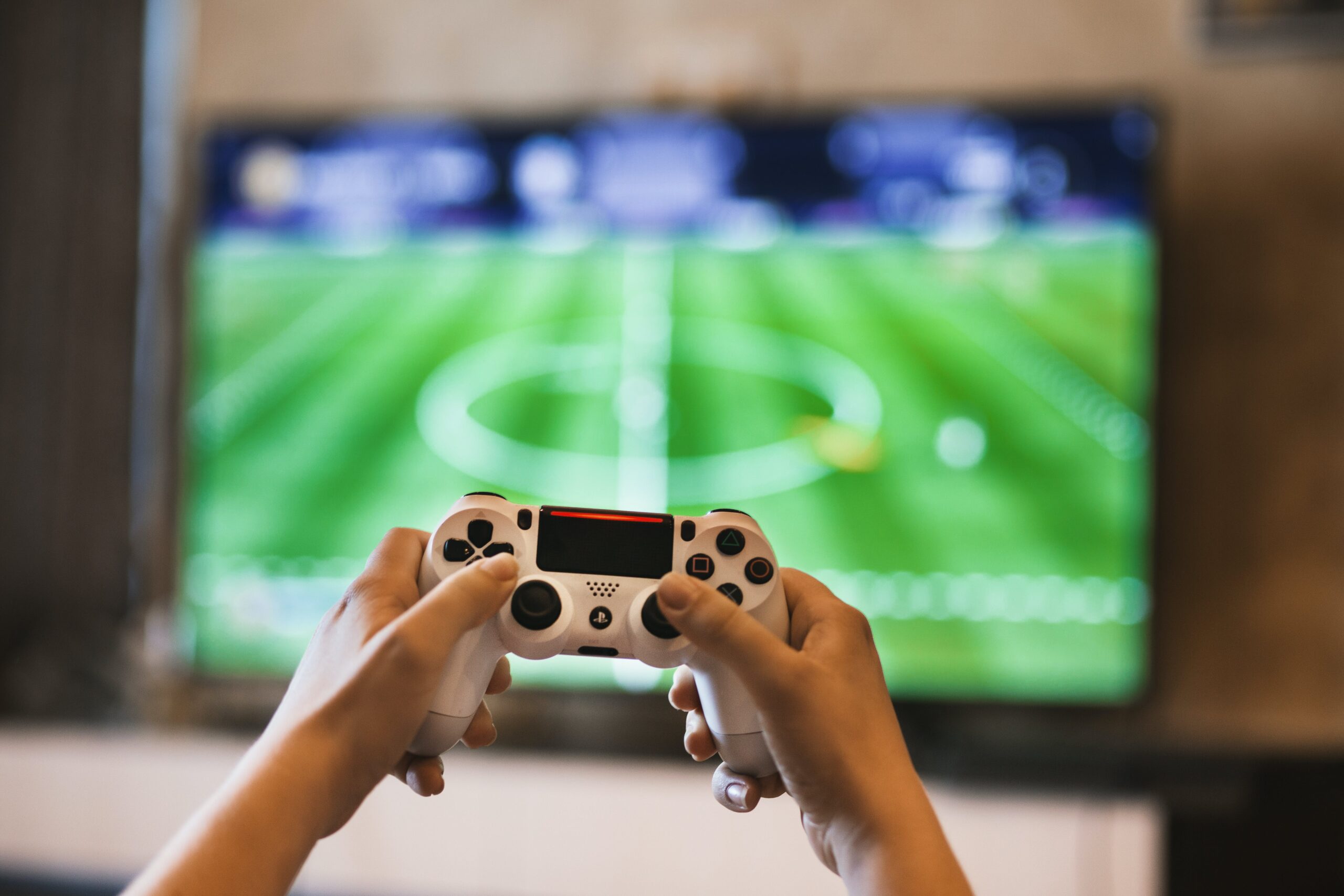In an era dominated by digital devices, the relationship between students and screen time has never been more complex. For students with Attention Deficit Hyperactivity Disorder (ADHD) and other learning challenges, the impact of electronic devices on executive functions adds an extra layer of intricacy.
Finding a balance between the advantages and disadvantages of screen time is essential for creating a healthy environment that promotes both academic success and personal well-being. With mobile phones being common in almost everyone’s pocket and game consoles in many homes, this could turn into a significant public health issue.
This article explores the varied aspects of screen time for students with ADHD, looking at both its benefits and potential pitfalls. We also offer a detailed guide on balancing electronic device usage, giving practical strategies for students to excel academically while protecting their mental health.
Benefits and Downsides of Screen Time Exposure for Students with Attention Deficit Hyperactivity Disorder
Many factors affect a child’s attention span and can easily distract them in the education setting. Research suggests that some of these major factors are sleep problems, parental stress levels, and socioeconomic status.
Research remains unclear on whether too much screen time exposure increases the risk of Attention Deficit Hyperactivity Disorder. A study in South India showed a similar link in preschool children with ADHD who spent more than the one hour per day in digital media use recommended for two to four-year-old children. So, there does seem to be a correlation between ADHD and excessive screen time. In what way?
Kids with ADHD are more likely to engage in compulsive video game use. However, it’s possible that youths who play cell phone games and the like were drawn to them because they already had symptoms of ADHD like inattentiveness, hyper-focus, and impulse control. The negative impact and behavior problems become more pronounced. They can have a measurable impact if steps are not taken to manage screen time.
The higher risk to school-aged children’s mental health requires a thorough examination of screen time’s pros and cons.
Educational Opportunities
Screen time offers various educational resources that can cater to different learning styles. Interactive apps, online courses, and multimedia content can engage students with ADHD in a dynamic and personalized manner.
Have you ever been “glued” to the TV while watching a particularly engaging show? The pull is even stronger for kids with ADHD. The short attention span often associated with ADHD or ADD is only soothed by the constantly-changing graphics and flashy sounds present in every other Nintendo Switch game or streamed video on the mobile phone.
Excessive reliance on screens may lead to information overload and increased distractibility. Students might find it challenging to filter out irrelevant stimuli, hindering their focus and comprehension. In effect, it can make ADHD symptoms worse.
Organizational Tools
Digital calendars, task management apps, and note-taking software provide invaluable organizational support for students with ADHD. These tools help structure time, set reminders, and manage assignments efficiently.
However, overdependence on digital tools can lead to a lack of development in manual organizational skills. Students may need help with non-digital organizational tasks, impacting their executive functions.
The neuropsychological development of children with ADHD is improved when they develop many different skills, including how to accomplish tasks without the aid of on-screen media and tools. Once these skills are learned without technology, findings support that their introduction benefits students who now have multiple avenues of completing projects.
Communication and Collaboration
Online communication platforms facilitate collaboration and peer interaction. Students with ADHD may find engaging in discussions and group projects easier through digital mediums, enhancing their social skills and teamwork.
Video chatting is a great way to interact with other learners and instructors who can’t be physically present. Digital platforms provide a wealth of tools to bring us together and expand a student’s horizon past their classroom walls.
Excessive social media use can contribute to distraction and reduced productivity. Unmonitored online interactions may also expose students to cyberbullying or negative influences, impacting their mental health.
Entertainment and Relaxation
Screen time can provide a means of relaxation and stress relief for students with ADHD. Engaging in entertaining and enjoyable digital content can be a positive outlet, promoting emotional well-being.
Uncontrolled screen time for entertainment may lead to procrastination and negatively impact sleep patterns. Internet addiction and the nature of certain digital content can contribute to a cycle of distraction and decreased productivity.
Achieving Balance in Screen Time Usage
The danger of negative mental health symptoms can be minimized when the whole family works to find a balance in how much time they allow for digital use. Consider some suggestions on ways to find this peaceful middle ground.
Set Clear Boundaries
Establishing well-defined time limits for screen use helps students maintain a healthy balance. Therefore, please encourage them to allocate specific time slots for academic tasks, leisure, and socializing. This practice fosters a structured routine, supporting executive functions like time management and planning.
Utilize Screen Time Monitoring Apps
Introduce students to apps that monitor and restrict screen time. These parental tools can help them become more aware of their usage patterns, allowing self-regulation. By actively tracking and analyzing screen time, students can better understand their habits and make informed decisions to manage their time effectively.
Parents may find their child likelier to submit to their guidelines about responsible screen time usage when all family members – including parents and older children – follow the same rules.
Incorporate Regular Breaks
Breaks are essential for maintaining focus and preventing burnout. Encourage students to incorporate short breaks between screen sessions. This practice not only aids in recharging cognitive resources but also promotes physical activity, contributing to improved overall well-being.
The Pomodoro Technique involves breaking study or work sessions into short, focused intervals (usually 25 minutes), followed by a brief break. This method can be particularly beneficial for students with ADHD, as it provides a structured approach to task completion, minimizing the impact of distractions and enhancing productivity.
Promote Offline Activities
Encourage students to engage in offline activities that foster executive functions. Reading physical books, engaging in hands-on hobbies, and participating in outdoor activities can help develop cognitive skills such as sustained attention, problem-solving, and creativity.
Establish a Digital Detox Routine
Designate specific times or days for a digital detox where students consciously disconnect from electronic devices. This break allows them to reset, reduce screen-induced stress, and cultivate mindfulness, contributing to improved mental health.
Your Pathway to a Healthy Relationship with the Digital World
In the dynamic screen time landscape for ADHD students, balancing is crucial for academic success and well-being. Understanding electronic device pros and cons empowers students to optimize screen time, managing ADHD-related behaviors wisely.
Implementing practical strategies such as setting clear boundaries, utilizing monitoring apps, incorporating breaks, and promoting offline activities empowers students to navigate the digital world successfully.
Creating support for ADHD students requires recognizing screen time as a tool, not a hindrance. Therefore, students can embrace positive screen time aspects and overcome challenges by fostering mindfulness and incorporating these strategies into their daily routines.
Together, let’s empower students to take control of their electronic usage, ensuring a balanced and enriching educational experience.


